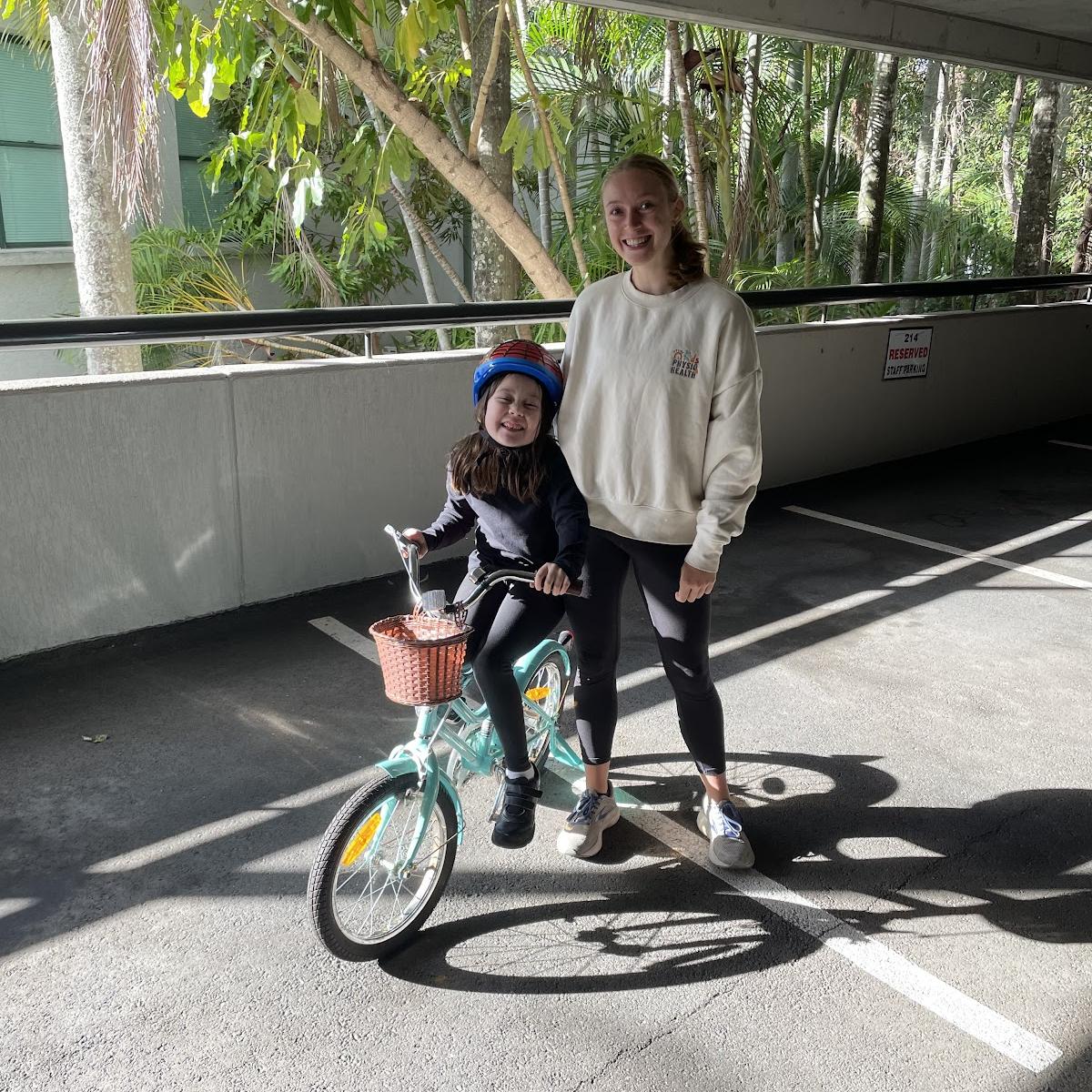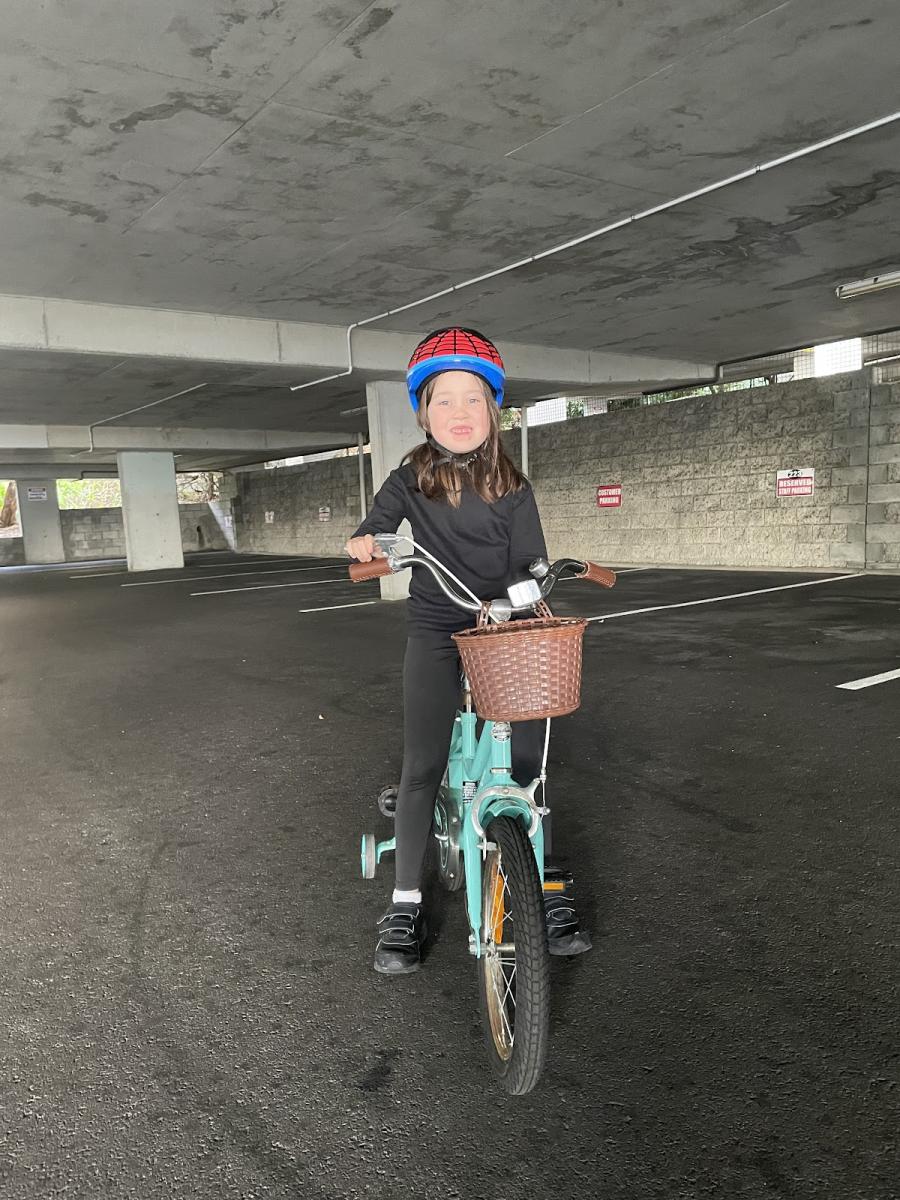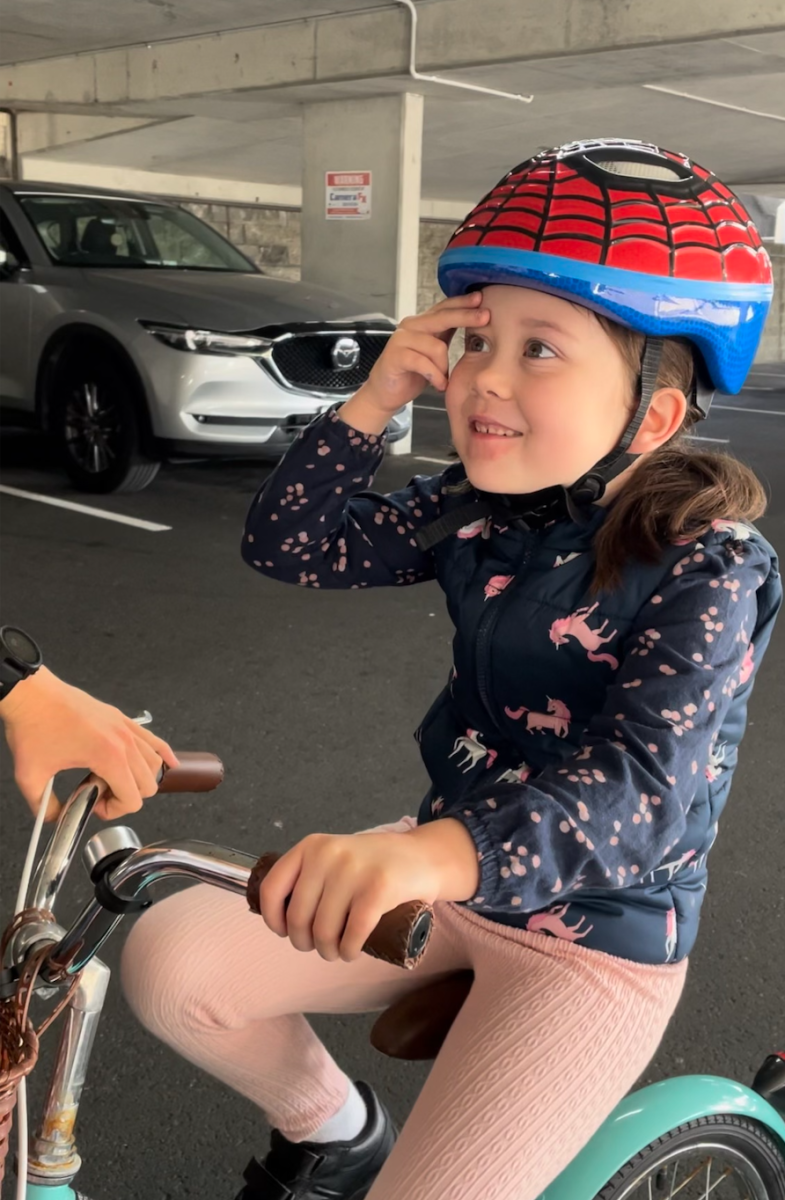Let’s talk about learning to ride a bike. This can be a tricky time for children as bike riding is […]

Let’s talk about learning to ride a bike. This can be a tricky time for children as bike riding is a difficult skill that requires the combination of many aspects and overall confidence in their ability. Below we are going to go through the aspects involved in bike riding, what they are and how to develop them, how to get started on a bike, and progress onto how to excel on a bike.
When is a good time to start learning
A child can start learning to bike once they are comfortable walking, children can start as young as 3 years old but this is a factor that is individual for your child, and you can decide when they have developed enough base-level skills to progress to this next step. Ideally, you would like to start the learning process before 6 years of age as this is when children are absorbing lots and learning and developing at a fast rate. Remember, every child is different. It is never too soon or too late, as it completely depends on your child.
Below is a list of the skill components that are required for bike riding
- Trunk stability – this is the middle of your body, i.e.trunk (no arms, head or legs), and it’s the ability to maintain posture and balance while supporting the rest of your body to do activities.
- Balance – your child is going to need to be able to control their body weight so that they remain balanced in the centre of their bike
- Leg strength – those little legs are going to need to be able to pedal around and around to successfully ride a bike. This involves pushing down and pulling up on the pedals at different stages in the cycle
- Endurance – bike riding stresses the heart and muscles to work consistently to power the bike
- Coordination – this is how your child’s brain is communicating with itself and the rest of your child’s body, i.e. how is the movement being coordinated
Choosing the right bike
Bike size: 
- Wheel sizes vary and have some overlap between ages
- Measure your child’s inseam (distance from the floor to the crotch)
- Determine appropriate wheel sizes based on recommendations from the inseam measurement
- Choose the appropriate wheel size taking into account their riding ability
- Choose the required seat height level;
– Balance bike → Feet flat and a slight bend in knees
– Training wheels → feet flat or on tiptoes depending on their confidence
– Beginners → feet flat on the ground
– Experienced (confidence with starting and stopping) → balls of the feet flat on the ground
For longevity of the bike, try and obtain this ideal size with the seat at a lower height so that you can move it up as they grow
Helmet: 
- Use your child’s head circumference size to find the most appropriately fitted helmet for them
- The helmet should sit two finger widths above your child’s eyebrows
- Tighten the dial on the back before buckling the helmet; do a shake test to ensure the helmet does not move
- One finger should fit between your child’s chin and the strap
- Check the fit of your child’s helmet every time they use it
Balance bikes
Balance bikes are a good starting point for learning for young children due to the strength and coordination difficulties that can arise with a traditional bike.
They allow children to develop coordination, weight shift, steering and balance without having to think about pedalling. This helps to build comfort in controlling a bike by themselves and allows for a more seamless transition to a traditional bike as baseline skills are already developed!
Alternatively, balance trikes provide a wider base of support for kids who are struggling with balance allowing them to focus on coordination and steering without the added difficulty of balance and pedalling.
Activities to get your child ready for biking on their own without a bike:
Work on the skill components mentioned above to build the skills required to strengthen them before adding in the bike;
- Leg strength; walking up sets of stairs, creating obstacle courses in the backyard
- Endurance; playing a game of tag, going for long walks as a family
- Balance; standing on one leg, standing on pillows/cushions
- Trunk stability; supermans, core exercises, prone ball rolling, egg/break the egg
- Coordination; playing ball sports, climbing on the playground
Steps to getting started with a bike
Practising putting feet down:
Do this without training wheels. Watch the demo here!
- Get your child to put both of their feet on the pedals while you are standing at the front of the bike, holding onto the handlebars
- Ask them to be ready to put their feet on the ground when the bike leans
- Tilt the bike to one side, encouraging your child to put their foot down flat on the ground
- Practice this on both sides so that they are confident to put their foot down when the bike stops or if they lose their balance
Braking practice:
- Get your child to stand beside the bike with their hands on the handlebars and fingers over the breaks
- Start walking the bike forwards and braking so that the bike stops
- You can play a game to make this fun, e.g. Mr Wolf
Scooting – Watch the demo here!
Do this without training wheels or on a balance bike
- Set your child to sit on the bike so that their feet are flat on the ground
- Move feet along the ground as though walking while sitting on the bike
- Add in changing direction, e.g. around cones or corners, to get your child to practice shifting their weight on a bike
- Practice breaking and getting off safely
Lifting the training wheels:
- Lift one training wheel off the ground, and progress to both once confident
- Allow your child to practice balancing on a bike while riding with the safety net of training wheels to help catch them
- Practice weight shifting to turn corners or change direction without relying on the training wheels. Watch the demo here!
Taking the training wheels off:
Your child is zooming around with a world of confidence with training wheels on, It’s time!
- The best way to support your kids with this is to hold onto them rather than the bike. This means that they will still be in control of the bike and feel supported by you. Watch the demo here!
- Remind your child of the skills you have been practising, i.e. braking, putting feet down, constant pedalling, keeping weight in the middle of the bike
Introducing Road Rules- Some Basic Rules to Introduce Early
Road safety is one of the most important things to teach your child, especially when learning to ride a bike! Here are some basic rules to introduce to your child early:
- The path is the safest place to ride a bike
- Teach children to ‘stop, look, listen and think’ when coming to a road or driveway
- When crossing a road, the rule is to get off your bike and walk it across the road
- Always ride on the left side of the path
- Always supervise children under 10 when riding a bike
- Riding should not occur after dark or in bad weather
Best Places to ride around the Gold Coast
There are many hidden spots on the Gold Coast perfect for your little one to develop their biking skills further; a few of our favourites are listed below:
- Broadwater Parklands – A range of different bike riding tracks that will challenge and entertain your little one for hours
- One of the many esplanades along the beach – These are great wide, long, flat paths for your child to develop endurance and confidence going straight. It’s best to avoid peak walking hours for minimal human obstacles that can occur
- Northshore Park, Varsity Lakes – A mini road designed to help kids practice road safety skills and awareness and have fun while doing it!
- Outlook Park, Ormeau Hills – A racetrack designed for kids to go, go, go in loops and turns all-day
- Coronet Park, Burleigh Water – A obstacle course designed for your little one to maneuver on a bike
How we can help support your child if they are requiring a little extra help
Our clinic offers 1:1 individual bike riding skill sessions to help your child if they need extra support with riding their bike. We help by focusing on the skills required before getting on a bike and practising bike riding in a fun and safe environment to help give your child the confidence and skills to go off on their own. Contact our clinic today to discuss availability for one of these appointments.

